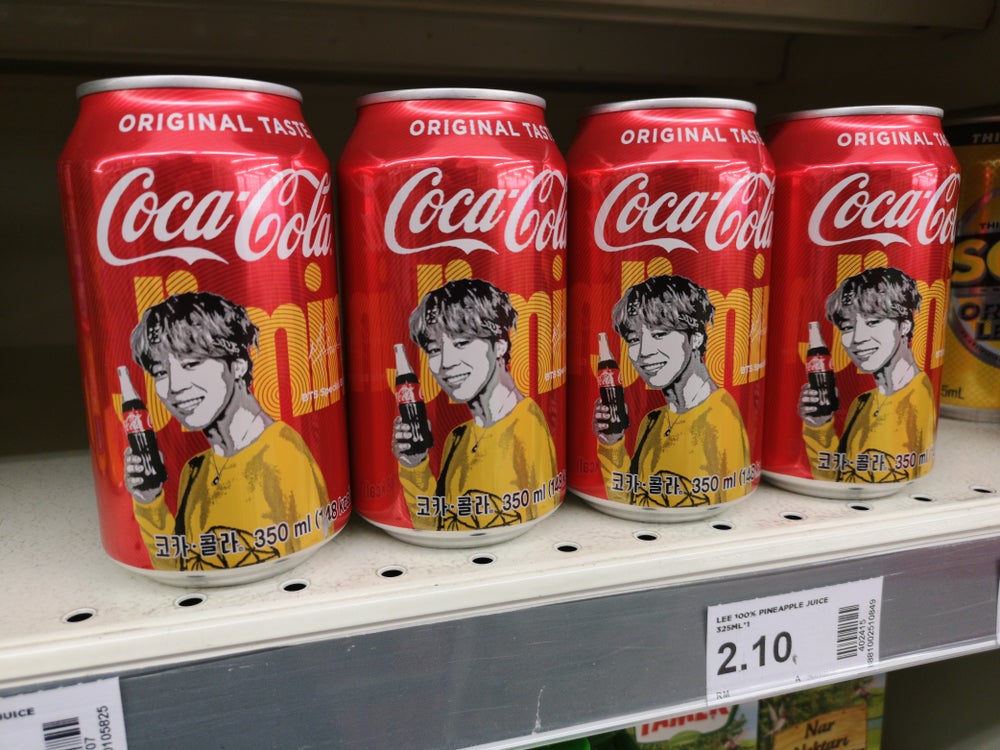This quiz could help you find out.
Over the past three decades, as a marketing manager for a host of leading national brands and as a senior partner in an ethnic marketing and promotion company, I have consulted with a number of marketing executives launching or expanding ethnic business initiatives. Whether you call it multicultural marketing, target marketing, or diversity marketing, there is a common set of dilemmas involved.
What’s the best strategy to reach the market and gain consumer trial and conversion? How do you measure success? How do you convince management to invest precious resources in an ethnic marketing and promotion plan?
Many decision-makers are under the false impression that they effectively reach African-American consumers with their general market plan. That is usually not the case. It takes some sophisticated strategies and proven tactics to determine what is culturally appropriate for this target audience.
The following quiz may give you some idea of how savvy you are about African-American marketing. See the answers below to determine if you are an ethnic marketing guru (9 to 11 correct answers), on the learning curve (5 to 8 correct), or still a multicultural marketing novice (4 or fewer correct).
1. African-Americans make up roughly 13 percent of the U.S. population, according to U.S. Census Data. According to the University of Georgia’s Selig Center for Economic Growth, their buying power is: a. $572 billion b. $452 billion c. $110 billion
2. Marketers of some hair care products for African-Americans produce labeling and product directions in: a. English b. Spanish c. French d. All of the above
3. According to The African-American Grocery Shopper 2000, a report released by the Food Marketing Institute in conjunction with Kraft and Procter & Gamble, African-Americans go to the store more often (2.2 times per week) and spend an average of $94 per week on groceries. Mainstream shoppers spend: a. More b. Less c. About the same
4. The Center for Disease Control estimates that the national childhood immunization compliance rate is currently 78 percent. African-American compliance is: a. Above the national average b. Below the national average c. In line with the national average
5. According to Q.E.D., Inc., which compared white and black households with incomes of more than $75,000, the incidence of computer ownership in similar African-American households is: a. About the same b. 75% less c. 50% less d. None of the above
6. According to Arbitron, approximately what percent of African-Americans listen to radio weekly? a. 25% b. 50% c. 75% d. More than 95%
7. What percentage of African-Americans said they attended church in the last seven days, according to a national Gallup poll? a. 25% b. 35% c. 45% d. More than 50%
8. Which of the following have specially designed resources for gauging product movement attributable to African-Americans in the food, drug, mass, or beauty and barber supply channels? a. ACNielsen b. Information Resources, Inc. c. Turns & Trends d. All of the above
9. Which publications are dedicated exclusively to information about ethnic categories? a. Multicultural Marketing News: A Newsletter for Journalists and Marketers b. Target Market News: A Compendium of African-American Research and Consumption Data c. Urban Call: The Magazine for Urban Retailers and Businesses d. Shades of Beauty: The Magazine for Multicultural Salons e. All of the above
10. According to the U.S. Census Bureau, what percentage of African-Americans live in the South and 10 Northern cities: a. 25% b. 55% c. 80%
11. According to Chicago-based ethnic research company Johnson Associates Marketing, African-Americans receive what percentage of free product samples through traditional sampling techniques: a. Less than 5% b. 25% c. More than 50%
So, how did you do? It’s important to know the answers to questions like these, because the African-American consumer can represent disproportionate brand share and sales revenue in many product categories. Repeat purchases can be extraordinarily high among these sometimes ignored or misunderstood customers. And that can make the difference between profit and loss. When these consumers are made aware of a product with demonstrable benefits in a culturally appropriate manner – and the product has meaningful retail distribution – increased sales and market share result.
At the same time, it’s important to determine where African-Americans shop. Do they buy your product at a food or drugstore, a mass outlet or convenience store, a specialty chain or independent retailer? A strong in-store presence, adequate shelf and display space, point-of-sale placement, and favorable pricing all play a role in a brand’s success in the African-American community.
Finally, check the marketing mix. The right combination of advertising, merchandising, and promotion always pays off.
Answers: 1. (a) 2. (d) 3. (b) 4. (b) 5. (a) 6. (d) 7. (d) 8. (d) 9. (e) 10. (c) 11. (a)



